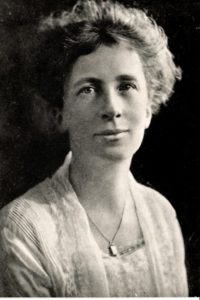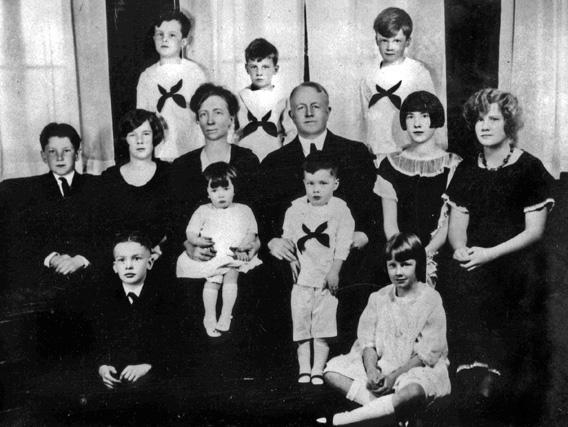I just finished reading “Belles on Their Toes” by Frank Gilbreth, Jr. I enjoyed it so much that I wanted to share it with all of you while it is fresh in my mind.
 Sometime in my youth I read “Cheaper By the Dozen” by Frank Gilbreth, Jr. and Ernestine Gilbreth Carey. The book impressed me very much and, for a while, I wanted to be an efficiency expert. The story of the Gilbreth family with 12 children appealed to my love of children. The parents, Frank and Lillian Gilbreth, who were pioneers in the field of motion study appealed to my love of organization. Frank was, ostensibly, the head of the house, but Lillian was the woman who held the family together.
Sometime in my youth I read “Cheaper By the Dozen” by Frank Gilbreth, Jr. and Ernestine Gilbreth Carey. The book impressed me very much and, for a while, I wanted to be an efficiency expert. The story of the Gilbreth family with 12 children appealed to my love of children. The parents, Frank and Lillian Gilbreth, who were pioneers in the field of motion study appealed to my love of organization. Frank was, ostensibly, the head of the house, but Lillian was the woman who held the family together.
The 1950 movie “Cheaper By the Dozen” is based on this book and is a faithful recreation of it. I have always loved this movie (don’t waste your time watching the 2003 “remake” of the movie). The love the family has for each other is evident and each child is made to feel like a special individual. Of course, Frank Gilbreth, Sr., is the center of this movie. In case you are unfamiliar with it, I won’t tell you the surprising ending.

“Belles on Their Toes” picks up exactly where “Cheaper By the Dozen” leaves off. Lillian Gilbreth must now support the family on her own and she faces all kinds of discrimination as a woman in industrial engineering in the 1920’s. Even though she had better academic credentials than her husband, she is viewed as the secretary to his boss by the firms that had hired their consulting company. Lillian carves her way by opening a very successful motion study school in her home. She becomes a renowned speaker and consultant in industrial engineering with many patents to her name. She was the first female professor of engineering at Purdue University and the first female member of the Institute of Industrial and Systems Engineers. Lillian served as an advisor to six presidents and is awarded lots of honors in the 50 years following her husband’s death.
 I know all of this about Lillian because of a Wikipedia article and a video on YouTube. The book, “Belles on Their Toes” looks at Gilbreth life from the children’s perspective. It is all the more fascinating because Lillian led the family but never let the children see her struggles or feel her loneliness. Instead, we read how the children helped run the household as Lillian tried to support the family. The book details some of the humorous ways the children learned to budget money and deal with hand-me-downs. This book takes us from 1924 through World War II as the children grow up, go to college, get married, and have children of their own. All of the Gilbreth children graduated from college, which is a remarkable feat all on its own.
I know all of this about Lillian because of a Wikipedia article and a video on YouTube. The book, “Belles on Their Toes” looks at Gilbreth life from the children’s perspective. It is all the more fascinating because Lillian led the family but never let the children see her struggles or feel her loneliness. Instead, we read how the children helped run the household as Lillian tried to support the family. The book details some of the humorous ways the children learned to budget money and deal with hand-me-downs. This book takes us from 1924 through World War II as the children grow up, go to college, get married, and have children of their own. All of the Gilbreth children graduated from college, which is a remarkable feat all on its own.
“Belles on Their Toes” was made into a movie two years after “Cheaper By the Dozen.” Myrna Loy and Jeanne Crain returned to star, and about half of the same children came back to reprise their roles.
I enjoyed “Cheaper By the Dozen” but I was inspired by “Belles on Their Toes.” Lillian Moller Gilbreth was an amazing woman who worked tirelessly for her family and for her country.

